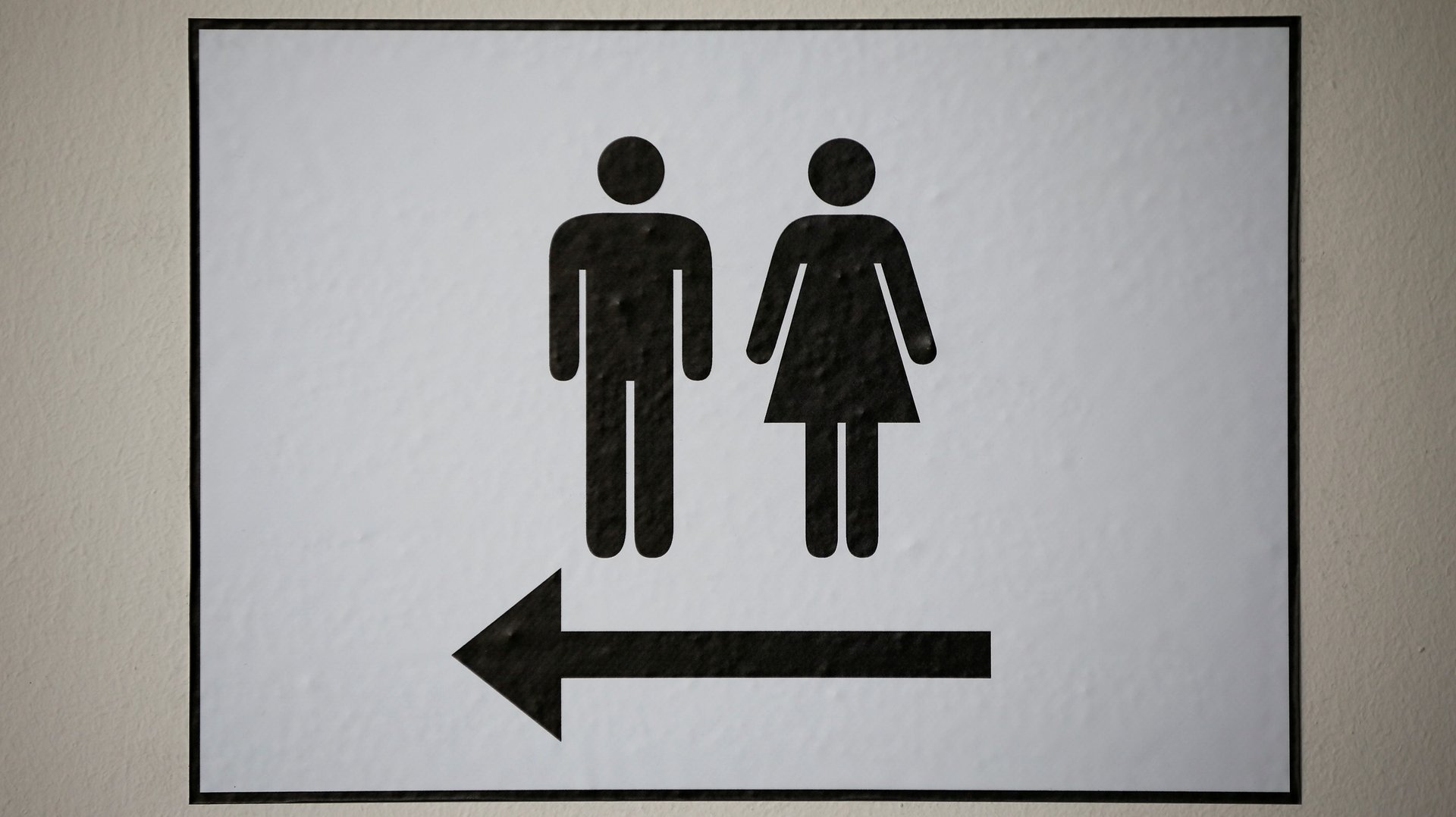US employers cannot offer full gender inclusion without a key change by the EEOC
This past May, Change.org published a petition encouraging BambooHR to revise and expand the gender fields on employee forms. We were asked to offer inclusive, non-binary options for the employees of our 22,000 customers, primarily small- and medium-size businesses that use our HR software.


This past May, Change.org published a petition encouraging BambooHR to revise and expand the gender fields on employee forms. We were asked to offer inclusive, non-binary options for the employees of our 22,000 customers, primarily small- and medium-size businesses that use our HR software.
We consider ourselves an inclusive organization that challenges the status quo with regard to HR operations and policies. And so, updating the gender fields was on our near-term product roadmap. But we had only just begun the process (for a reason I’ll address in a minute).
Given the impetus from Change.org—a customer of ours—we stepped up our efforts. We reached out to other BambooHR users, including those who identify as trans/non-binary, and sought feedback through surveys.
The updated feature—which, we acknowledge, could have happened earlier—is now live. Customers can activate it from their account administrative settings. Problem solved, right?
Not so much. The bigger problem—the one that caused our delay in the first place—still needs to be addressed.
The problem with the EEO-1 form
The US Equal Employment Opportunity Commission (EEOC), through its EEO-1 form and annual contribution wage reports, requires qualified businesses to submit gender data about their employees as either male or female. There is no third option, let alone the many options that a true representation of gender diversity would include.
What that means for mandatory federal reporting is that companies’ HR teams must, to the best of their abilities, identify any employee who does not self-identify. Each person has to be categorized as either male or female. We value the EEOC’s mission to protect the rights of all workers—which is why we’re now calling on the commission to update its gender-identification policies.
It’s time to act on gender inclusion
As a company that values diversity, equity, and inclusion, we understand the importance of giving employees a full range of ways to identify and embrace how they live their lives. Unfortunately, that doesn’t change the fact that HR leaders in the United States are required to file EEO-1 reports. As a result, basically any company with more than 100 employees still needs to categorize all of their people as either male or female.
We join our voices with the trans/nonbinary community, and all people who understand the urgency of the call for representation for all. We believe the path forward has three parts:
First, we must challenge the EEOC and call for change
BambooHR calls on the Biden administration and the EEOC to expand its gender reporting requirements so businesses across the country can provide inclusive options for all employees.
The EEOC’s stated mission is to “prevent and remedy unlawful employment discrimination and advance equal opportunity for all in the workplace.” The organization enforces laws that make it illegal to discriminate based on immutable categories like race, sex, and age. The private sector should not need to lead on expanding these reporting options; it should be a nationwide standard.
BambooHR has reached out to the EEOC and joined with others’ calls to address this oversight. This is not just a problem for the trans/non-binary community to solve—it’s a problem that we all can help remedy.
Second, we must take action within our organizations
EEO-1 reporting companies do not have to wait on the government to create better onboarding options for their employees. Many businesses are already adopting more inclusive experiences.
Requiring HR leaders to categorize their work colleagues (or themselves) in a way they have not self-identified is not conducive to an inclusive workplace. People understand their own identities for specific, personal reasons—sometimes not even identifying at all. Transparency in how a company embraces diversity, inclusion, and equity will empower and inform employees throughout their entire time with the organization, starting with proper onboarding.
Third, we must build cultures of inclusivity
For too long, individuals who identify as non-binary or as part of the LGBTQIA+ community have been marginalized socially in the work environment and faced limited career opportunities. It’s time for such discrimination to permanently end.
Our policies, programs, spaces, and how we speak to each other all have the potential to communicate and promote greater understanding and inclusion.
Official changes to government reporting can certainly come if more Americans join to push the EEOC for change. But that should not be the finish line. Creating a diverse, inclusive, and equitable work environment that empowers everyone to be themselves at work is closer to the ultimate goal of our call to action.
Cassie Whitlock is the director of human resources at BambooHR.